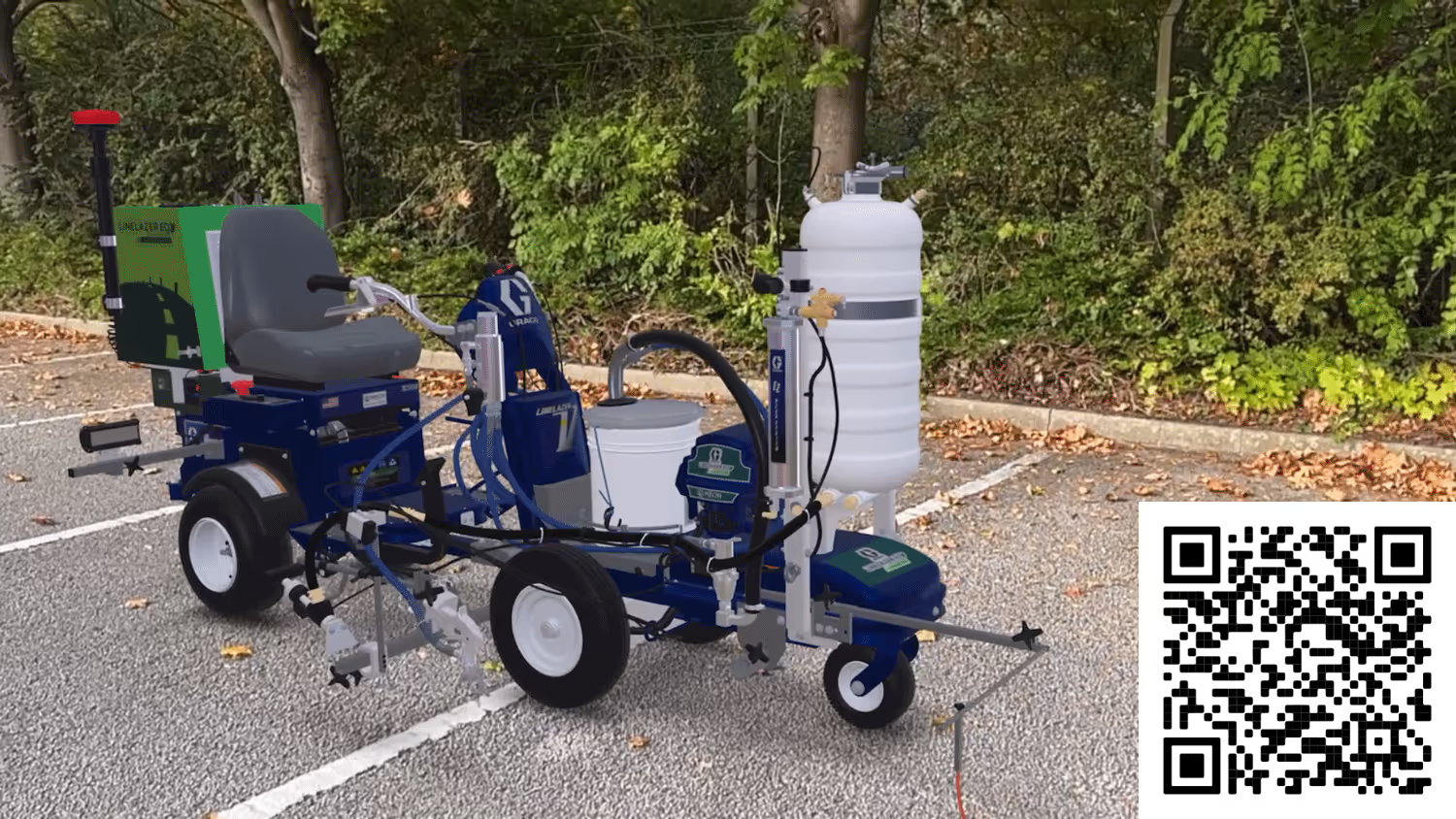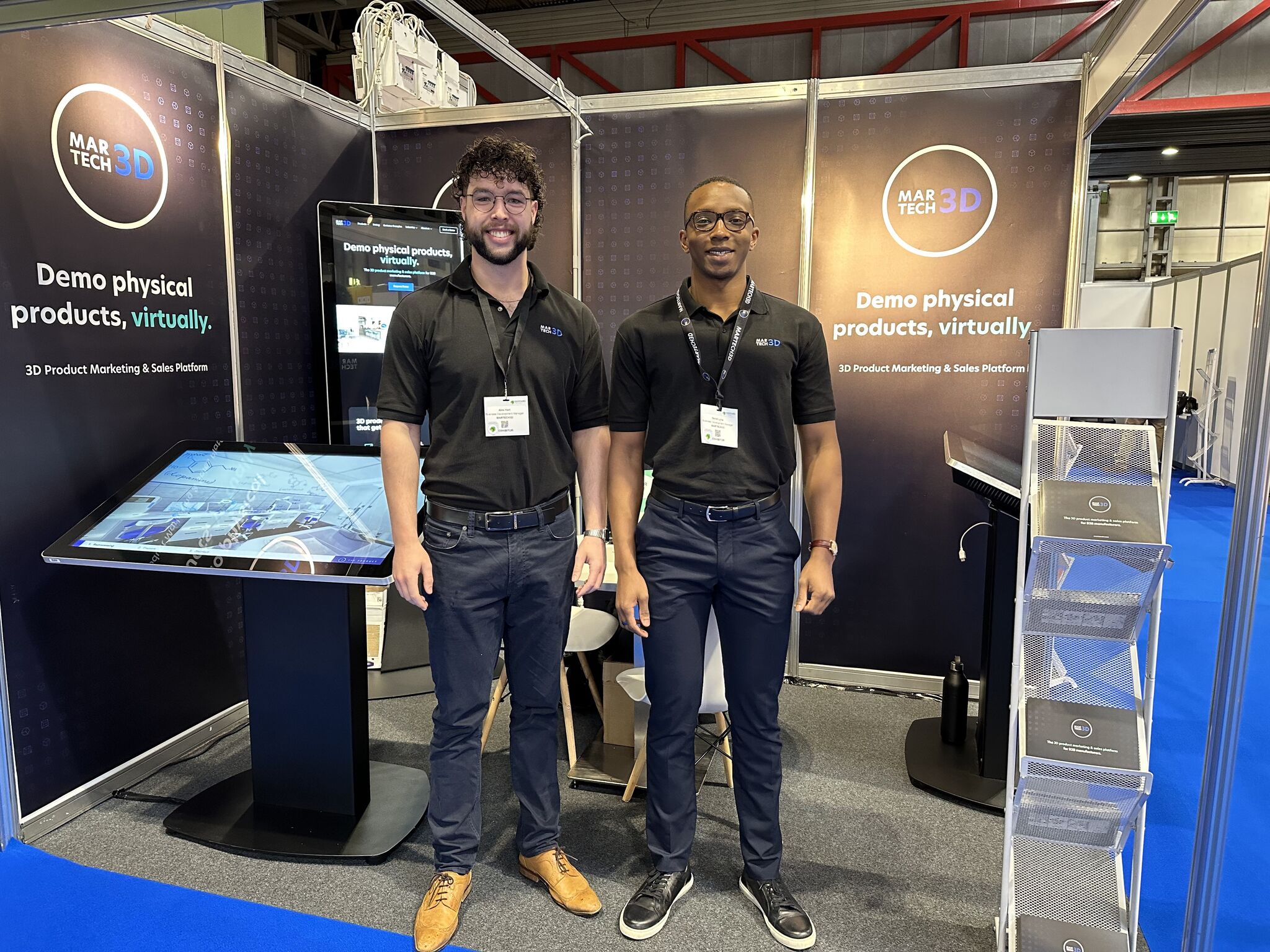July 19, 2024
Why Manufacturers Should Use Digital Twins Beyond the Factory Floor

Digital twins are being heralded as game-changers for manufacturing — and rightly so. But while most manufacturers are using them to improve product design, testing, and production, very few are realising their full potential.
If digital twins can transform engineering, they can do the same for marketing and sales.
What Are Digital Twins?
Digital twins are virtual replicas of physical products, processes, or systems. They allow manufacturers to simulate real-world scenarios, test design modifications, and optimise performance — all without touching a production line.
This approach has already proven its value in automation and robotics. Manufacturers are using digital twins to cut costs, reduce downtime, and accelerate time-to-market. But the same technology that powers smarter factories can also power smarter marketing.
Taking Digital Twins One Step Further
At MarTech3D | Engine, we create digital twins for marketing and sales.
Instead of limiting them to engineering departments, we help manufacturers turn their 3D data into interactive, photorealistic product assets — transforming static sales materials into dynamic tools that sell.
A full engineering-grade digital twin can cost more than £780,000 to build and maintain. The MarTech3D | Engine platform delivers similar engagement, interaction, and realism for around 1.5% of that cost — making the benefits of 3D visualisation accessible to marketing teams as well.
Why It Matters
Many manufacturers still rely on traditional marketing methods to promote cutting-edge technology — long sales decks, trade-show printouts, and static images. That’s a missed opportunity.
By using digital twins for marketing, manufacturers can:
- Show complex products in full 3D, inside and out.
- Engage buyers earlier with interactive product walkthroughs.
- Shorten sales cycles by providing clarity and confidence before a meeting even happens.
- Improve ROI through reusable, scalable 3D content.
The same principles that make digital twins powerful for engineering — realism, precision, and simulation — make them just as powerful for sales and marketing.
The Missed Opportunity
Digital twins have already proven their worth in manufacturing operations. Yet their potential to revolutionise product storytelling, lead generation, and conversion is still largely untapped.
It’s time for marketing teams to adopt the same mindset as engineers — using digital twins not just to build better machines, but to sell them better too.




.jpeg)








